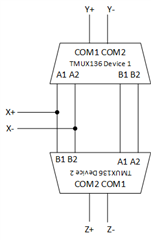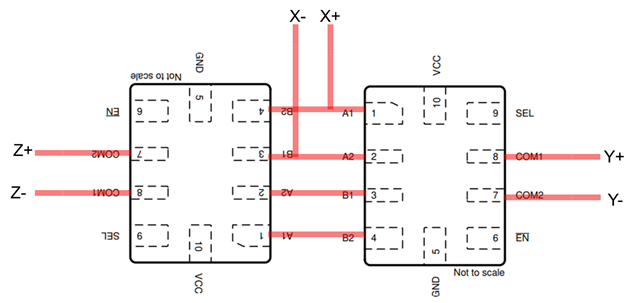Other Parts Discussed in Thread: TS3USB221A, TMUX1574, TMUX136
Hi Experts,
Good day.
the customer is having the same usage scenario as described in this post (https://e2e.ti.com/support/switches-multiplexers-group/switches-multiplexers/f/switches-multiplexers-forum/1118745/ts3ds10224-ts3ds10224-usage-scenario?tisearch=e2e-sitesearch&keymatch=TS3DS10224).
Do you still advise using the TS3DS10224 crosspoint or another solution based on 3 mux (as the TS3USB221A) should be preferred?
The signals are High-Speed USB (480Mbps).
Keep safe.
Regards,
Josel




